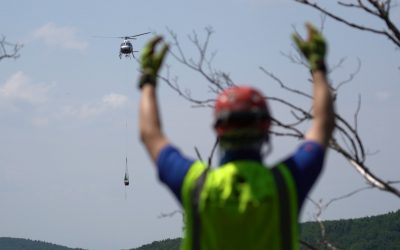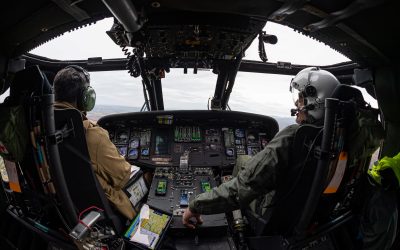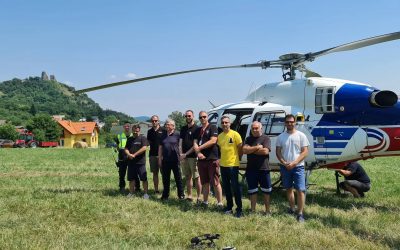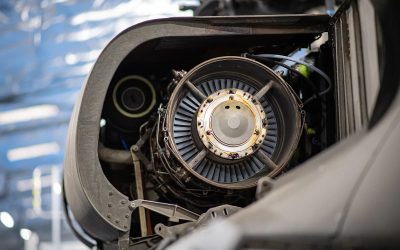According to the International Air Transport Association (IATA), the losses of the aviation industry reached almost EUR 100 billion worldwide last year. The volume of transported passengers decreased by 65% year-on-year. However, the need to train new pilots is not decreasing. It is estimated that almost 30,000 pilots of planes and helicopters were missing globally before the crisis.
The crisis has affected almost all aviation sectors. However, the Slovak Training Academy / STA / training center is still showing great interest in courses for helicopter pilots. The flight school has been operating at the international airport in Košice since October 2017. The location of the aviation academy was decided not only by the existence of the airport, but also by the rich, almost 70-year-old tradition of military aviation training in this region. STA has become a general partner of the Faculty of Aviation and since the beginning of its operation it has been investing in building not only its own, but also its university infrastructure. “Mainly thanks to this assistance, the largest extent of modernization of the faculty’s training base has been completed since its inception in 2005. Reconstructed specialized classrooms, laboratories and a hangar for practical flight training of ground aviation personnel are the best evidence of students of our faculty, “states Stanislav Dabo, Dean of the Faculty of Aviation.
Since its inception, the company has invested more than 50 million euros in Košice. Most of the costs were associated with the purchase of aircraft, reconstruction of buildings and construction of a flight simulator center. “We see the same symbolism that today we are sitting in buildings that were used in the past by the famous aerial acrobatic group White Albatrosses. We have made considerable efforts and large financial resources to reconstruct and modernize the devastated area, “says Lukáš Halás, CEO of STA. More than 300 highly qualified employees work on the project of the Aviation Academy. Most of them have a university degree and must be fluent in English. “We employ practically all professions from the aviation department. Pilots, mechanics, engineers. However, there is an acute shortage of qualified instructors in the labor market. We prefer job seekers from Slovakia, but sometimes we also have to help ourselves with capacities from abroad, “adds Halás. The company has a fleet of 20 helicopters, including four US UH-60 BlackHawk civilian helicopters. Last year alone, more than 7,000 flight hours flew on the smaller S300 and MD500 helicopters. On the “black hawks” it was about three thousand flight hours. In addition to foreign pilots, he also trains pilots for the needs of the Air Force of the Armed Forces of the Slovak Republic. The subsidiary STA – Heli Company has implemented approximately 200 training programs for the Ministry of Defense of the Slovak Republic over the past 15 years.
“We are pleased to be able to participate in such a demanding process as educating a new generation of pilots. In general, there is a shortage of helicopter pilots as well as aircraft in the world, despite the current crisis in the aviation industry. We have the ambition to become a top, if not the best training center in the world, “adds Halás. The presence of a private center in the region and cooperation with the Faculty of Aviation was also reflected in the increased interest in studying aviation departments. “The more than four years of mutually beneficial cooperation so far not only pleases us, but also encourages and commits to its further development. The possibilities and areas of cooperation have significantly expanded thanks to the successful growth of STA and the expansion of the range of its activities not only in the field of practical helicopter flight training but also ground personnel and in the area of so-called fixed wings, ”concludes Dean Szabo.



